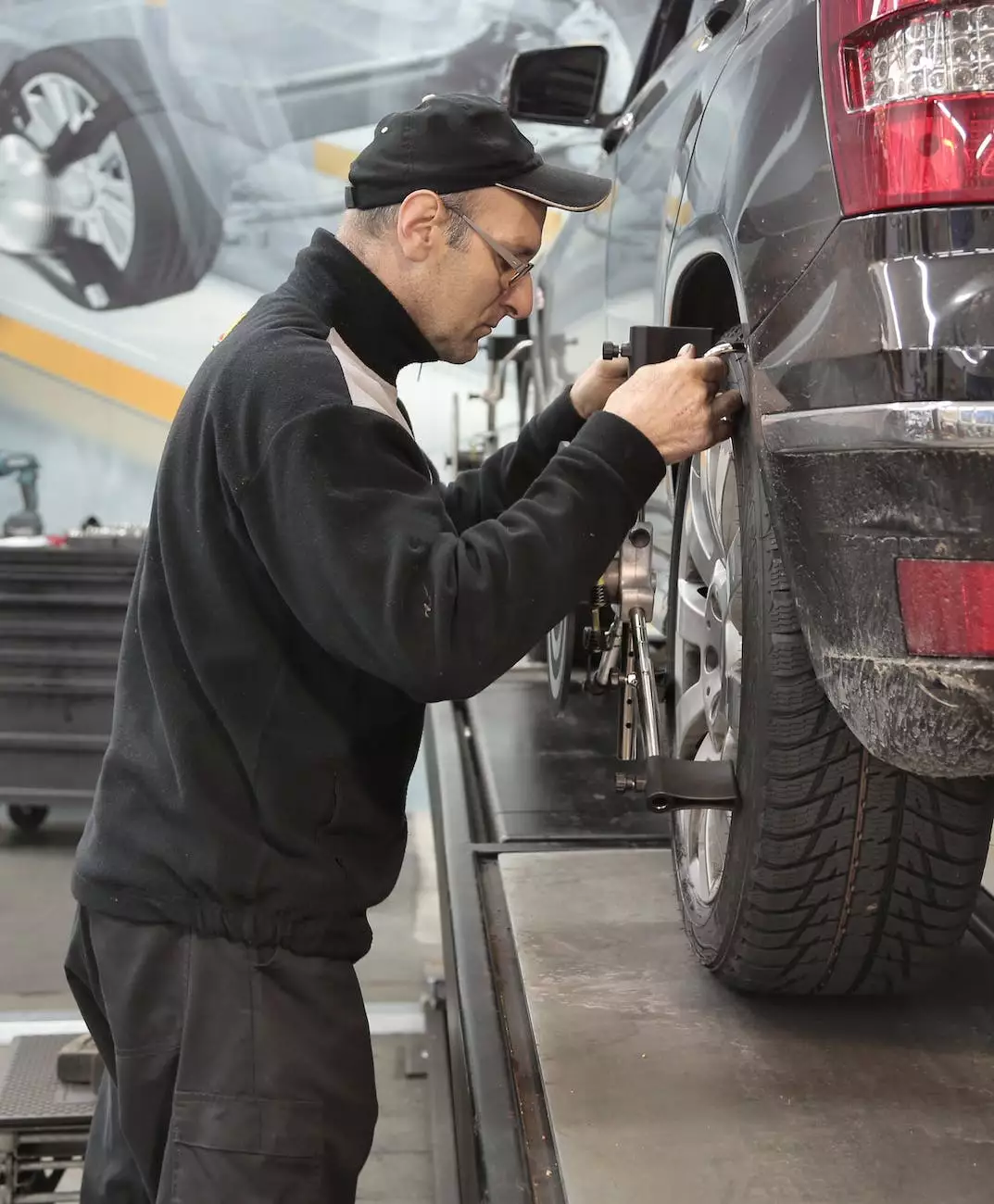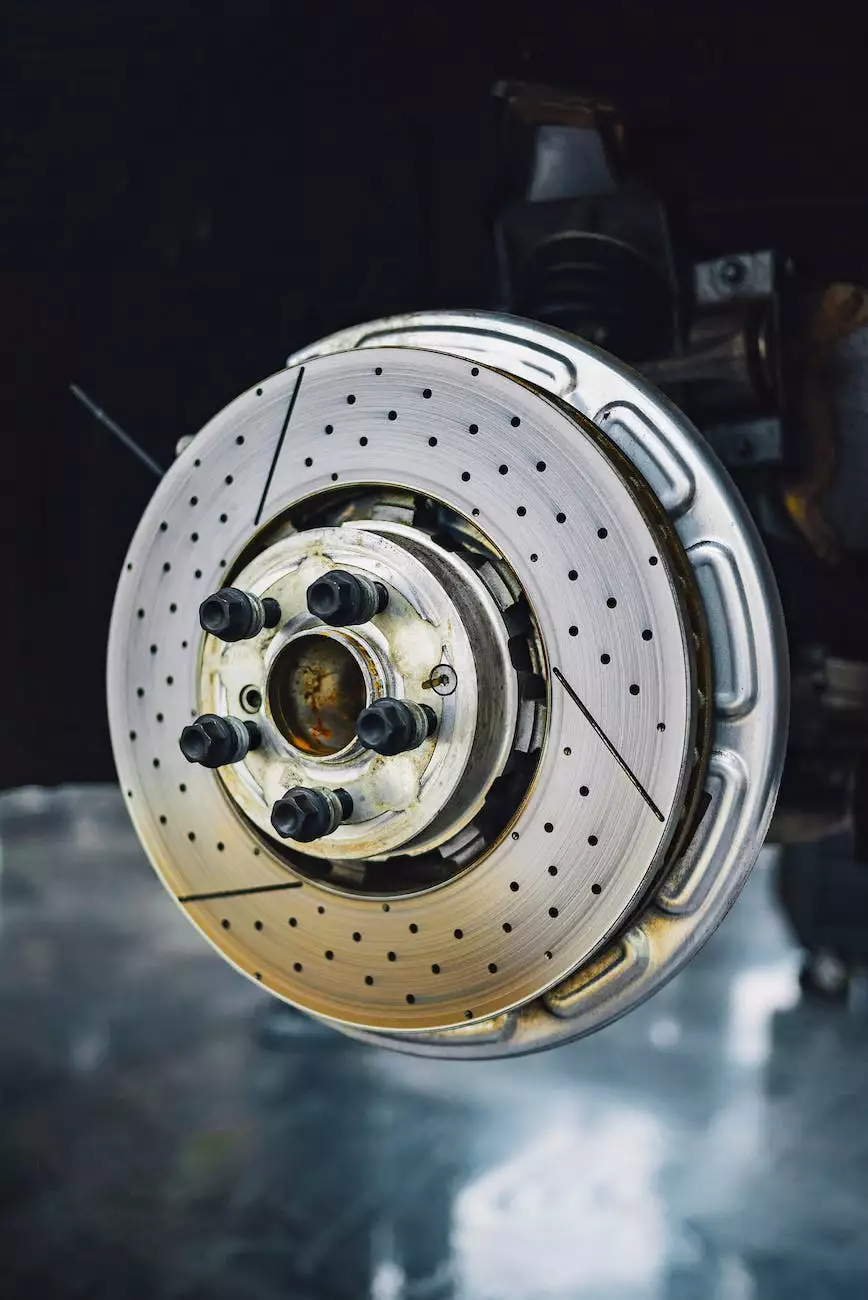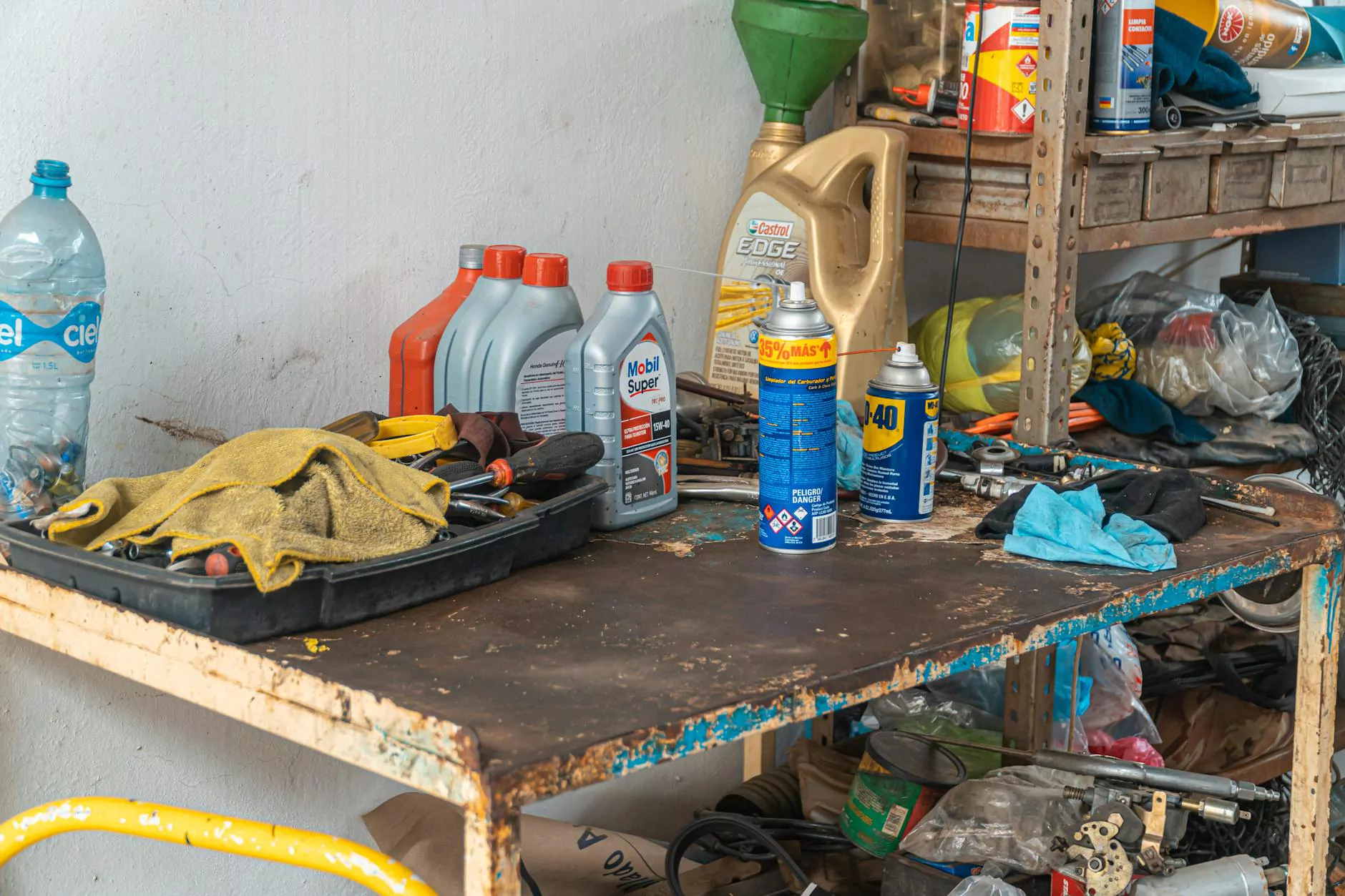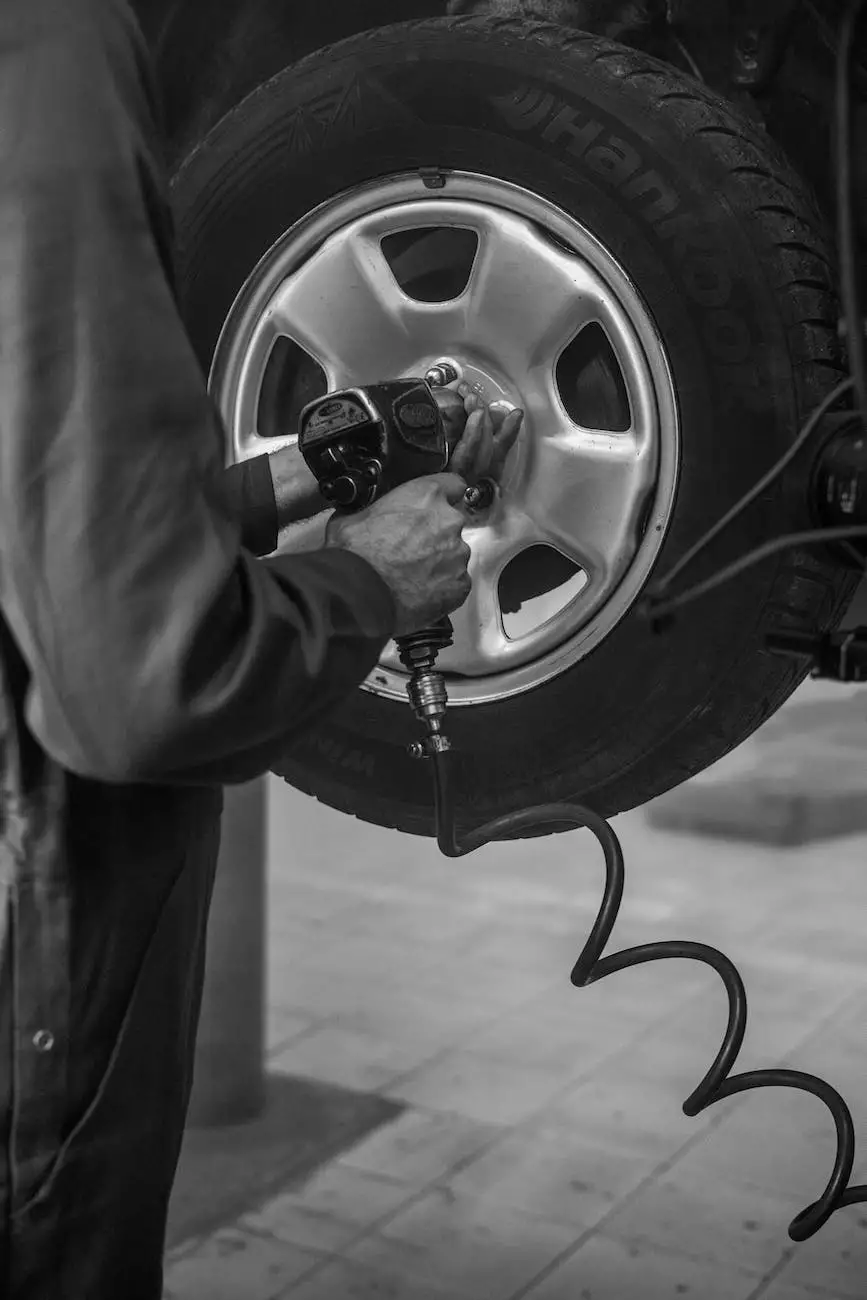What To Do When You Get a Flat Tire

At DI Auto, we understand how frustrating and inconvenient it can be to experience a flat tire. Whether you're on a road trip or heading to an important meeting, a flat tire can quickly derail your plans. But don't worry, we're here to help! In this comprehensive guide, we will provide you with step-by-step instructions, essential tips, and helpful advice to ensure a smooth tire repair process.
Step 1: Stay Calm and Find a Safe Spot
The first thing to remember when you get a flat tire is to remain calm. Panicking will only make the situation more stressful. Slow down and find a safe spot to pull over, preferably away from traffic. Turn on your hazard lights to alert other drivers of your presence.
Step 2: Equip Yourself with the Right Tools
Before starting the tire repair process, make sure you have the necessary tools. Basic tools you'll need include a spare tire, jack, lug wrench, and a flashlight. It's always a good idea to keep these tools in your vehicle at all times, as you never know when you might need them.
Step 3: Assess the Damage
Once you're in a safe spot and have the proper tools, carefully inspect the flat tire for any visible damage. Look for punctures, tears, or bulges. This will help you determine whether the tire can be repaired or needs to be replaced.
Step 4: Remove the Flat Tire
Now it's time to remove the flat tire. Follow these steps:
- Locate the jack points on your vehicle.
- Place the jack under the vehicle, ensuring it's securely positioned.
- Crank the jack to raise the vehicle until the flat tire is off the ground.
- Use the lug wrench to loosen the lug nuts, but don't remove them yet.
- Once the lug nuts are loose, raise the vehicle further and remove the lug nuts and flat tire.
Step 5: Install the Spare Tire
Now that the flat tire is removed, it's time to install the spare tire. Here's how:
- Align the spare tire with the wheel bolts.
- Push the spare tire onto the wheel bolts.
- Screw on the lug nuts by hand.
- Lower the vehicle back to the ground using the jack.
- Tighten the lug nuts using the lug wrench, ensuring they are securely fastened.
Step 6: Check the Tire Pressure
After installing the spare tire, it's important to check the tire pressure. Refer to your vehicle's manual for the recommended tire pressure. Use a tire pressure gauge to ensure that the spare tire is properly inflated.
Step 7: Visit DI Auto for Expert Tire Repair
While changing a flat tire is a temporary solution, it's always recommended to visit a professional auto repair shop like DI Auto for proper tire repair or replacement. Our experienced technicians can assess the damage, provide expert advice, and ensure your safety on the road.
When it comes to handling a flat tire, preparation is key. Make sure you have the necessary tools, stay calm, and follow our step-by-step guide. Remember, DI Auto is always here to assist you in any automotive situation. Don't let a flat tire ruin your day - let us help you get back on the road safely and efficiently.









